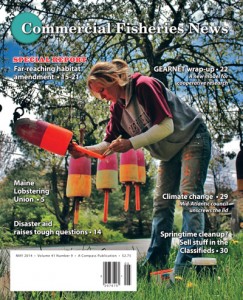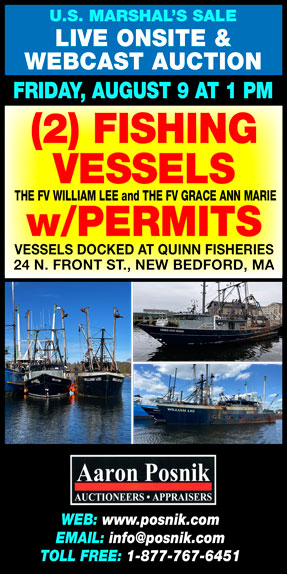DANVERS, MA – Who among us can’t see Closed Area II or the Western Gulf of Maine Closure Area in our sleep? The age-old, familiar boundaries of these and New England’s other closed areas – some of which have been in place for two decades now – are deeply embedded in our understanding of the region’s fisheries.
So it might be hard to imagine an ocean landscape without a Nantucket Lightship Closed Area or with a reconfigured Cashes Ledge closure or, even more profoundly, to fathom the prospect that Closed Area I and much of Closed Area II might be open to fishing for nine-and-a-half months of the year.
 These possibilities, however, are all on the table right now. Shrimp fishermen might gain access to coveted bottom that they’ve long fought hard for. The Jeffreys Bank closure area might take on a different shape. And, new closed or restricted-gear areas might come into play in places where none existed before.
These possibilities, however, are all on the table right now. Shrimp fishermen might gain access to coveted bottom that they’ve long fought hard for. The Jeffreys Bank closure area might take on a different shape. And, new closed or restricted-gear areas might come into play in places where none existed before.
This massive overhaul of protected areas has been 10 years in the making and is all contained in the New England Fishery Management Council’s Omnibus Essential Fish Habitat (EFH) Amendment 2. The proposed amendment is an “omnibus” action because, once implemented, it will apply to every one of the council’s fishery management plans and impact every fishery under its jurisdiction – groundfish, scallops, herring, monkfish, skates, red crab, and Atlantic salmon.
During a special Feb. 25-26 meeting in Danvers, the council approved an enormous range of alternatives to air at public hearings this summer, most likely in August.
The options were grouped into three separate categories:
 Read the rest and much, much more in the May issue of Commercial Fisheries News.
Read the rest and much, much more in the May issue of Commercial Fisheries News.
Read online immediately and download for future reference.








 Updating...
Updating...